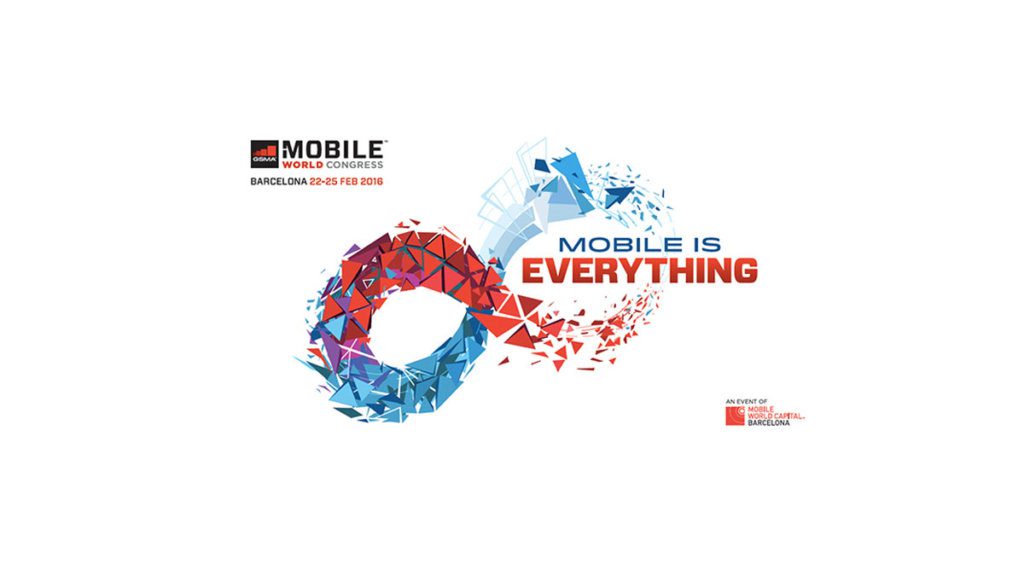I set myself the almost impossible challenge of elaborating on only three takeaways from the CableLabs member tour of MWC 2016.
First –
After more than six years from the introduction of 4G LTE, there are still major improvements to be made in speed. I saw 1 Gbps demonstrated with three carrier aggregation (20 MHz) and 4×4 MIMO in a smart phone. It is now possible to integrate four antennas into large form factor smart phones (particularly at higher mobile frequencies such as 3.5GHz where the wavelength is smaller). While in a real world situation of a fully loaded cell, this 1Gbps probably translates into user speeds of between 60 -100 Mbps and nevertheless represents speeds that are “good enough” for people who use only 10 Gbytes a month. Even a single carrier of 20 MHz can achieve circa 370 Mbps in a cell, which again probably translates to a real world speed of 22-37 Mbps per user. This is between 2-3x today’s US average of the two faster LTE networks (12 Mbps). LTE is likely to be the basis of the future 5G network for the marco/micro cellular layers.
Second –
The second takeaway is how impressive 5G millimetric wave-band technology has become in just a few years from Professor Ted Rappaport’s ground breaking characterization of a New York street small cell (CableLabs in its 5G research supports Ted’s research center). Millimeter Wave allows us to liberate circa x25 the bandwidth currently used for mobile today, albeit in only small cells with radiuses of typically between 150-300m. This technology uses massive phase arrays of antennas, such as 512×512 MIMO demonstrated by Ericsson, which are possible because of the smaller wavelength of mm Wave compared with today’s mobile. These steer pencil-like beams to individual users as they move around the small cell. The real challenge now is the cost reduction. However, it does mean that in 5G there will be a massive disparity between small cell bandwidths, with typically multi 10gbps per user, and the 5G macro/micro cellular layers with say a 100 Mbps. The evolving use cases will be key to the volume and hence potential cost reduction. Massive take up in cities would drive the case for fiber local loops in order to supply this demand! While the 1mS latency requirement in 5G is intriguing for new use cases, it alone could drive fixed-mobile convergence. All good news for cable. Find out more at the CableLabs Inform[ED] Wireless Conference in New York on April 13.
Third and Finally –
3.5 GHz shared access is rapidly progressing. With up to 150 MHz of free mobile spectrum, this is a godsend to fixed operators or MSO/MNOs who need to grow their wireless capacity of x1000 over the next decade. It supports 3GPP band 42&43 handsets, which will begin to become available in Asia later this year. Many companies such as Google are working hard to exploit 3.5GHz. This activity should help drive the development and deployment for handsets. The Wireless Innovation Forum, which CableLabs is a member, is driving 3.5 GHz shared access in the US. The rest of the world is watching us for this new model of spectrum use. There are great opportunities here for MSOs – the dawn of the age of the micro-mobile operator. Not to mention, there is great potential for MNO offload with neutral LTE spectrum!
And what for MWC 2017? Higher mobile speeds and early 5G deployments?
